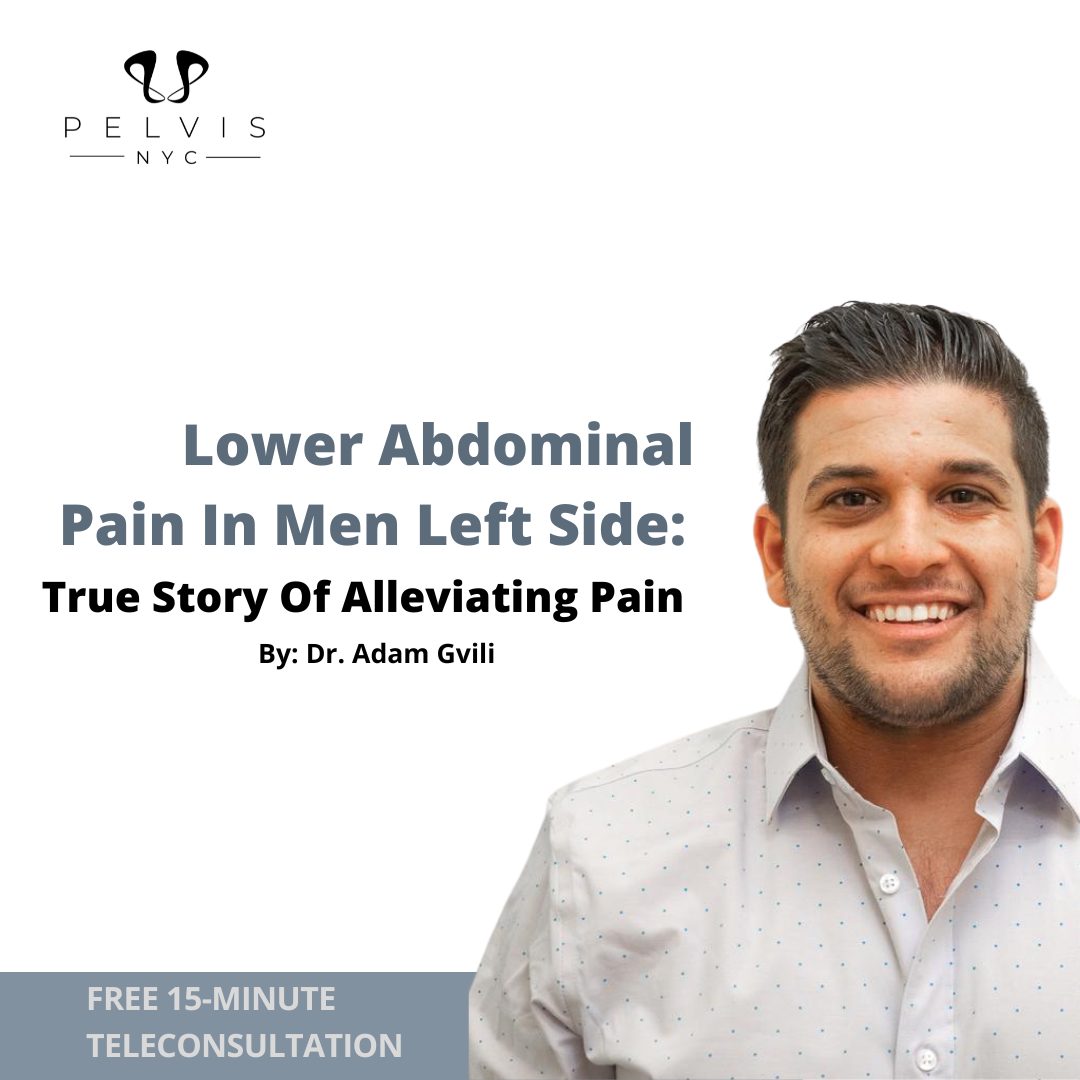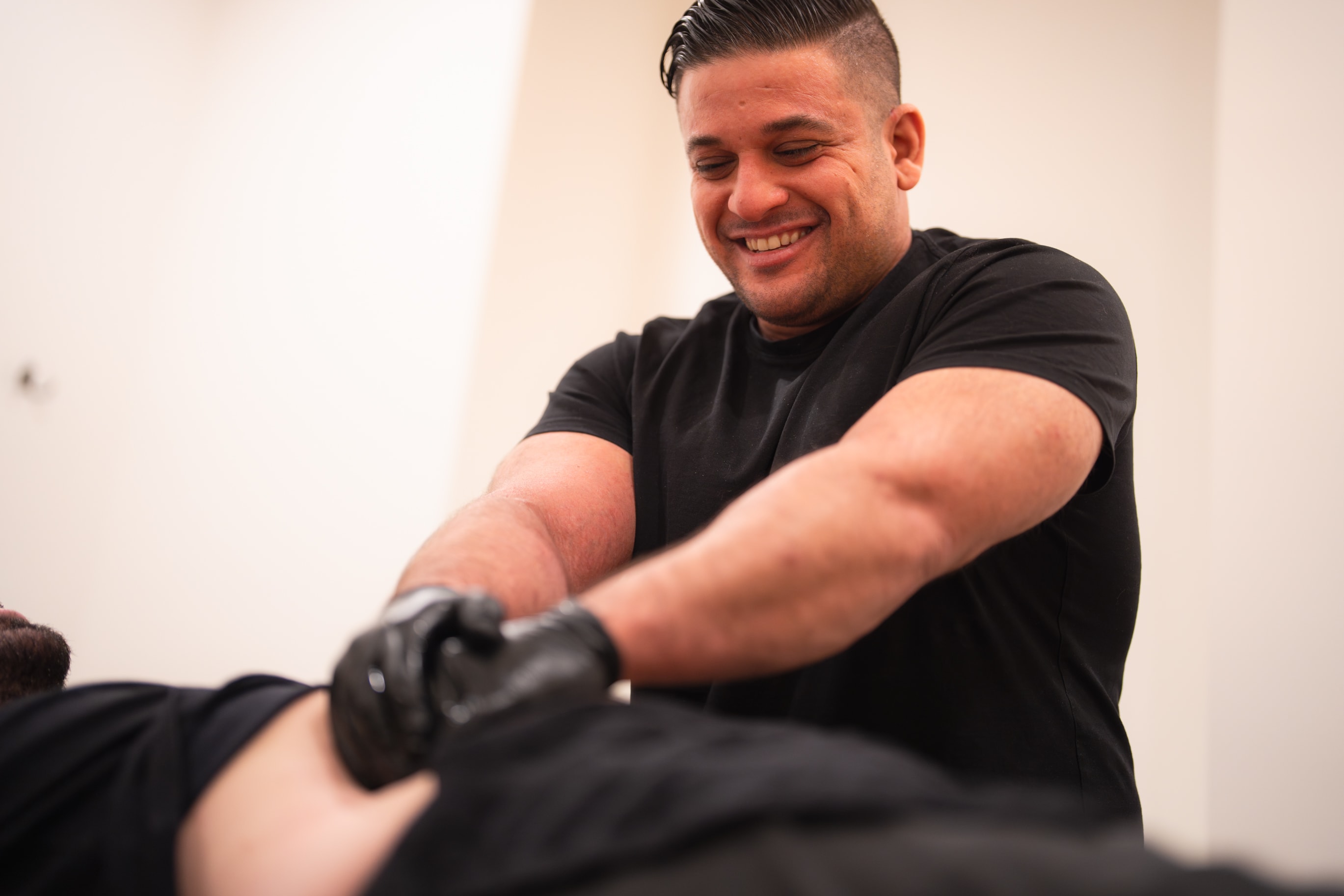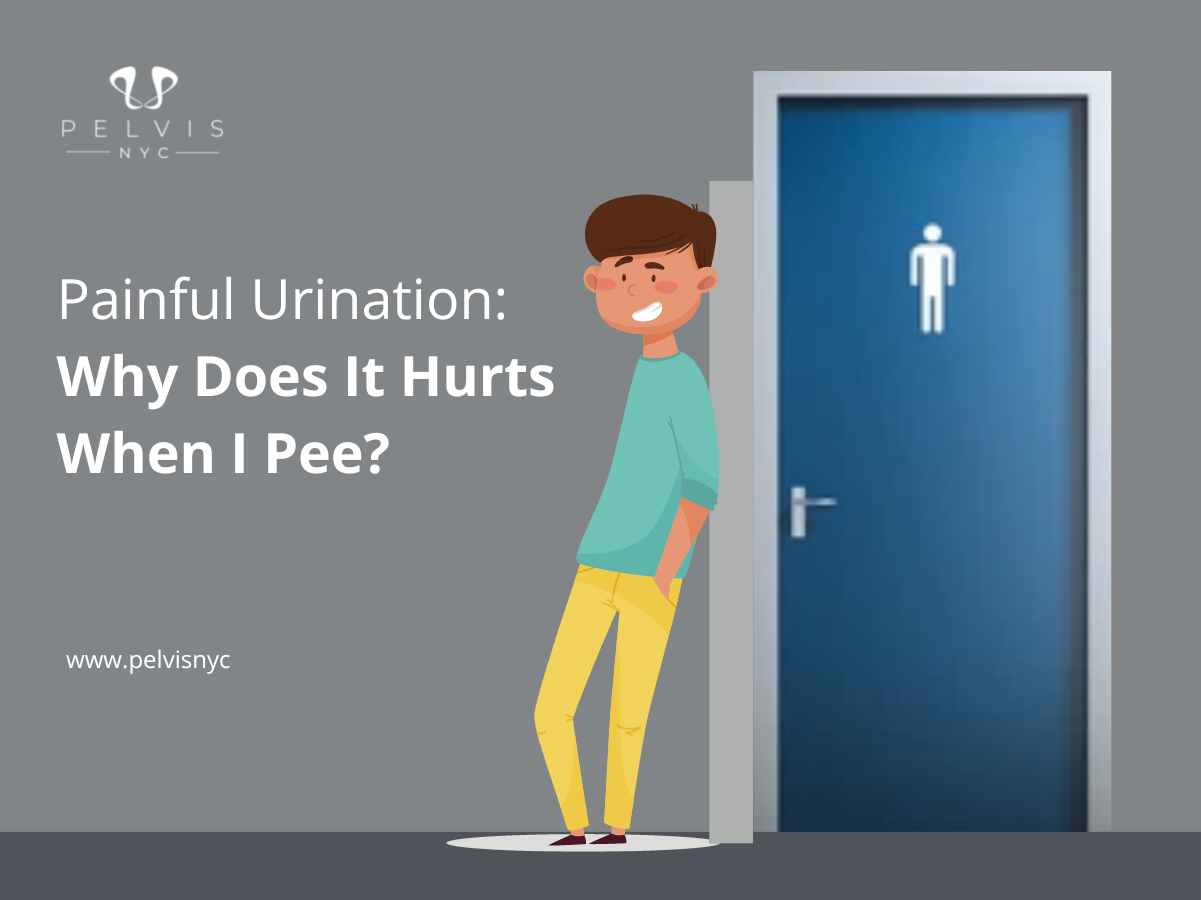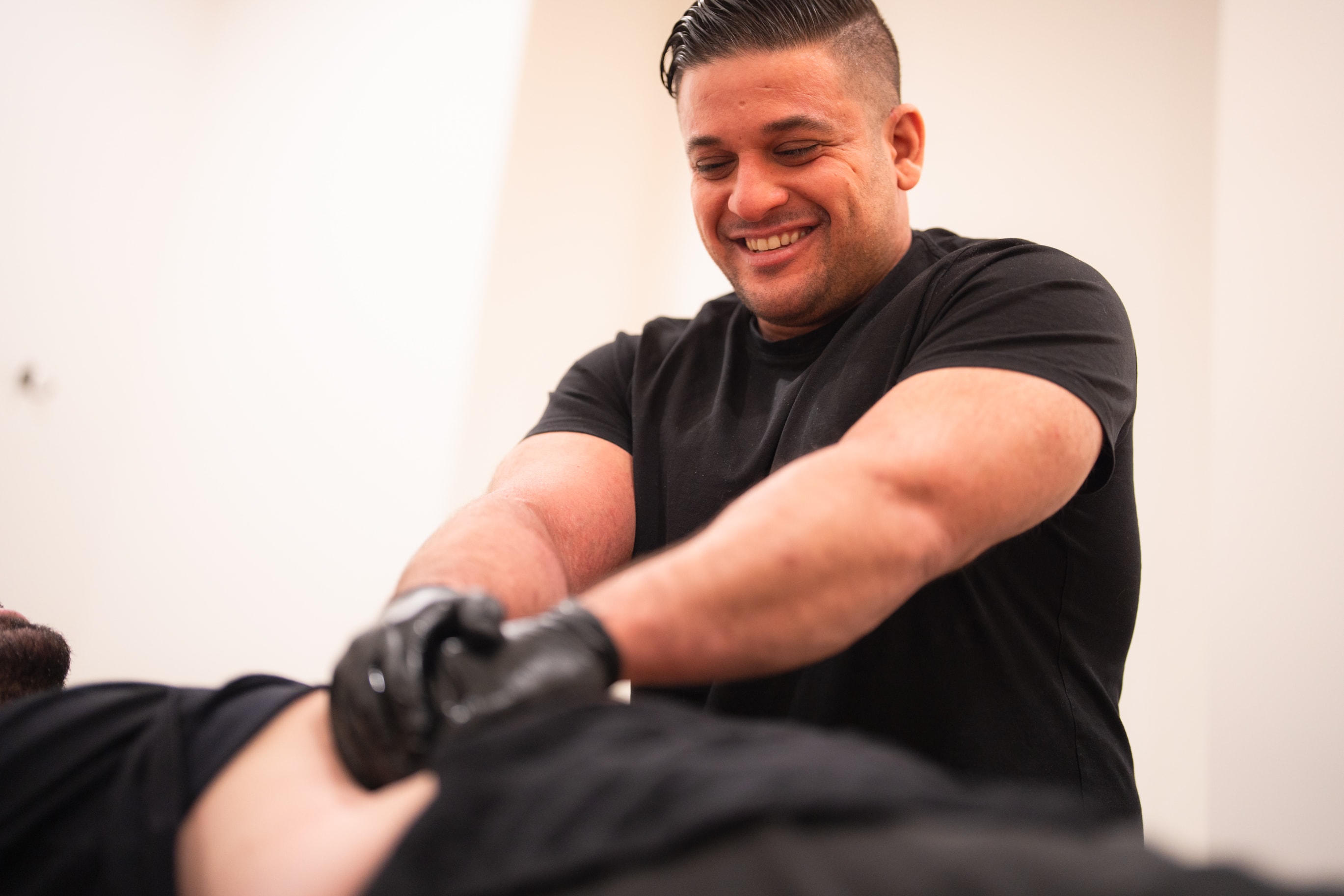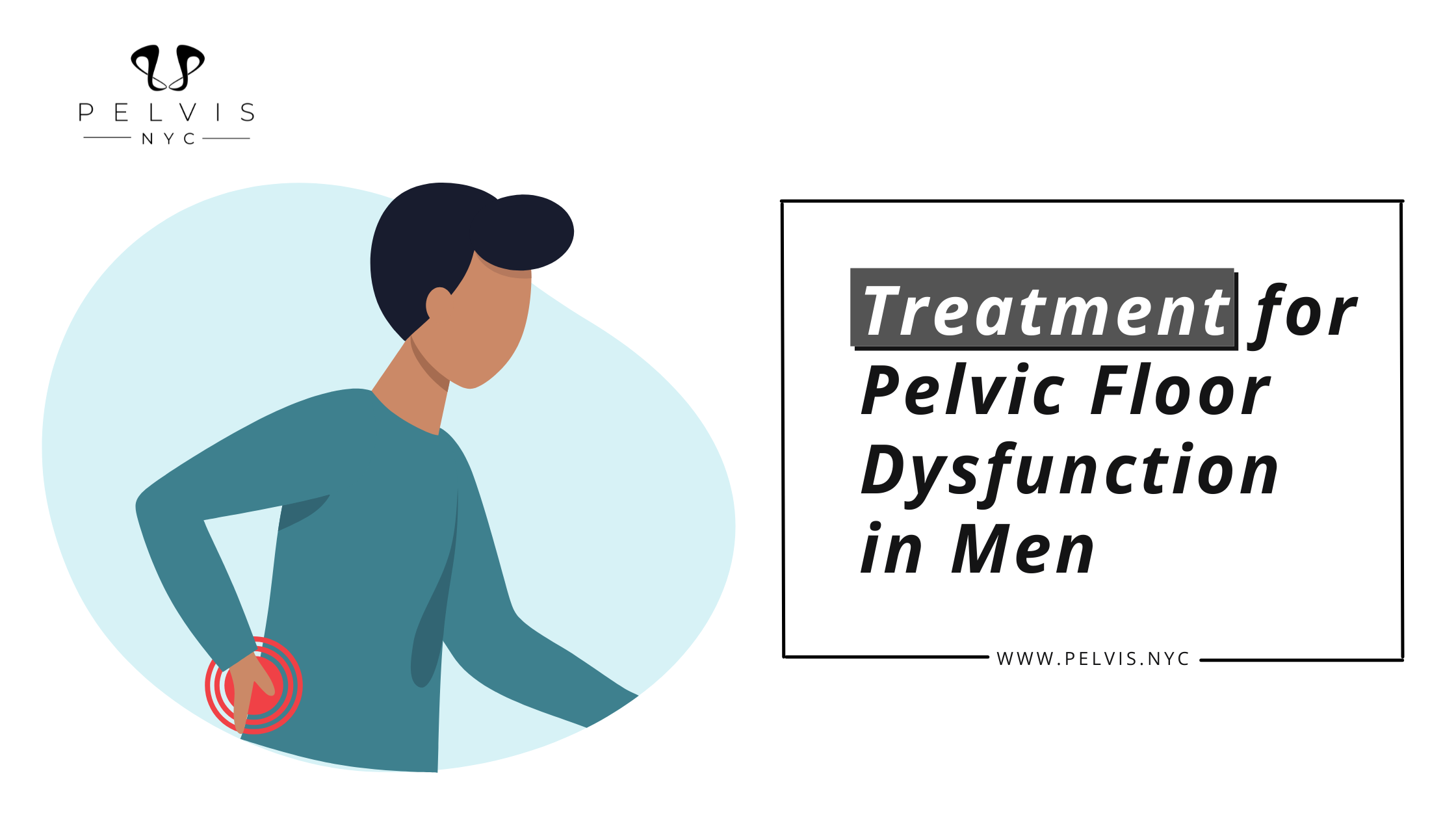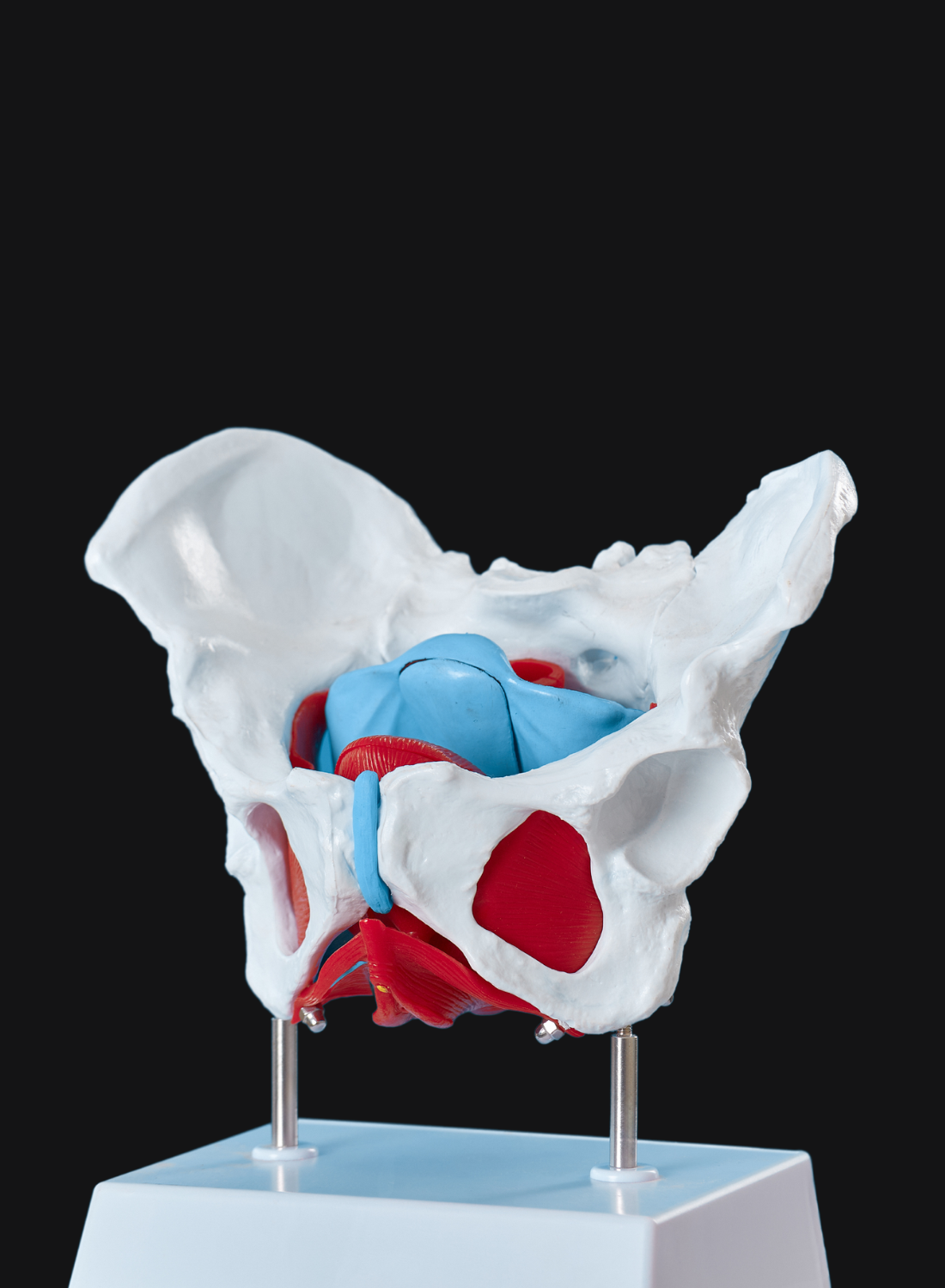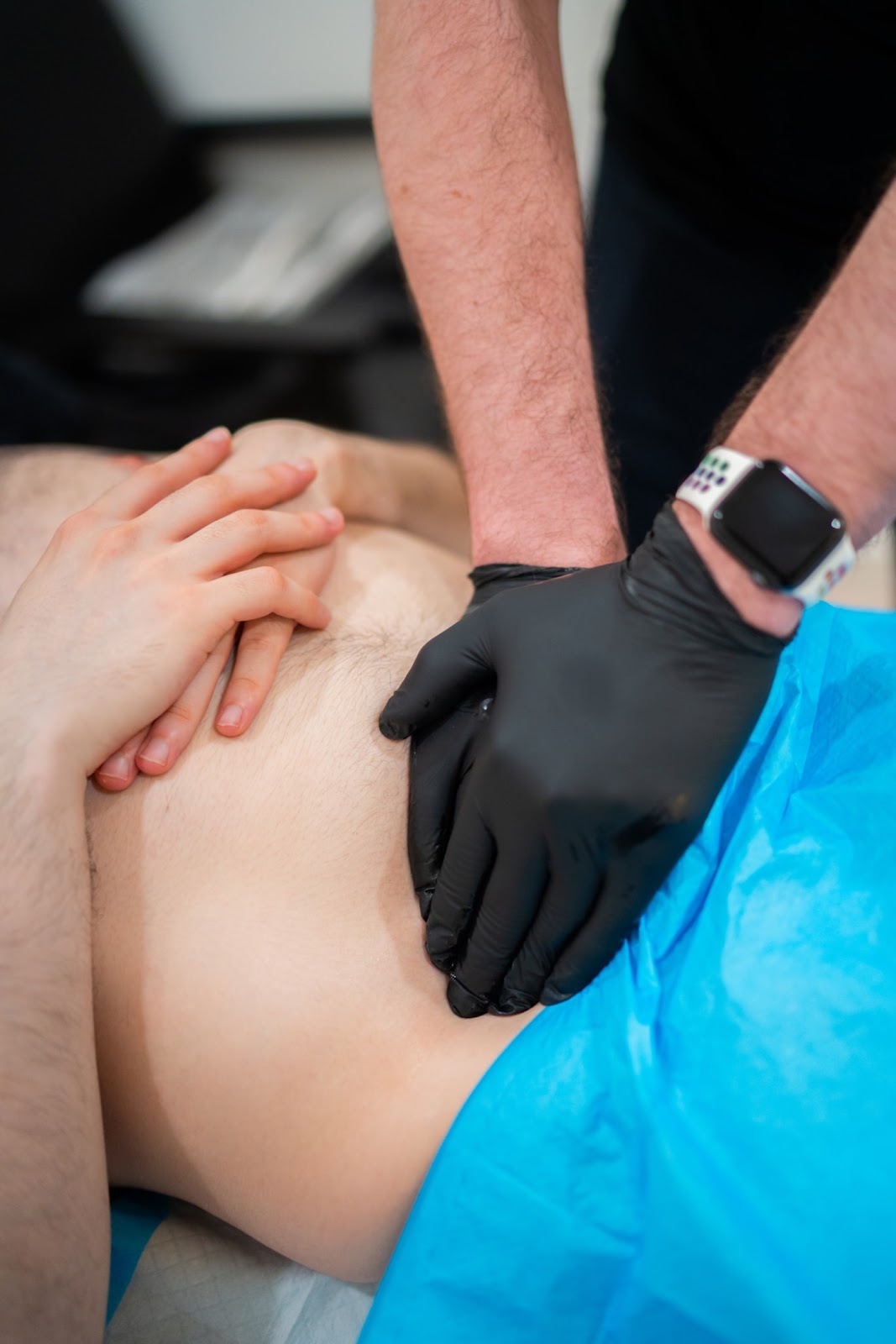Introduction to Hernias

Hernias are a common health concern that occur when an organ or fatty tissue pushes through a weak spot in the abdominal wall or other muscle layers. This weakness can develop for a variety of reasons, including congenital defects present at birth, the natural aging process, obesity, or repetitive strain from heavy lifting or chronic coughing. When a hernia develops, it can cause discomfort, pain, and, if left untreated, may lead to more serious complications. The primary goal of hernia treatment is to repair the hernia defect and restore the integrity of the abdominal wall, preventing further issues. There are several approaches to hernia repair, ranging from traditional open surgery to advanced minimally invasive hernia repair techniques. Laparoscopic surgery, a form of minimally invasive hernia repair, uses small incisions and specialized instruments to repair the hernia, often resulting in less pain and a quicker recovery compared to open surgery. Minimally invasive hernia procedures are increasingly popular for their effectiveness and patient-friendly recovery times.
Specialized hernia care teams, such as those found in comprehensive programs, are dedicated to providing expert evaluation and treatment for all types of hernias. Whether through open surgery, laparoscopic surgery, or other minimally invasive techniques, the focus remains on safely repairing the hernia and supporting the patient’s return to normal activity.
Types of Hernias
There are several types of hernias, each with unique features and treatment considerations. The most common type is the inguinal hernia, which occurs in the groin area and is especially prevalent in men. Umbilical hernias develop near the belly button, often appearing as a bulge at the navel. Ventral hernias form in the abdominal wall, while incisional hernias can arise at the site of a previous surgical incision, where the tissue may be weaker.
Other types include femoral hernias, which occur lower in the groin and are more common in women, hiatal hernias, where part of the stomach pushes into the chest cavity through the diaphragm, and sports hernias, which involve soft tissue injuries in the lower abdomen or groin.
Each type of hernia requires a tailored approach to hernia repair. Minimally invasive surgery, such as laparoscopic hernia repair, is often preferred for many hernia types due to its benefits: smaller incisions, less postoperative pain, and a faster recovery compared to traditional open surgery. The Americas Hernia Society emphasizes the importance of comprehensive hernia care, which includes careful evaluation, surgical repair when needed, and thorough postoperative management to minimize complications and support optimal healing.
By understanding the different types of hernias and the available treatment options, patients and their care teams can make informed decisions that lead to the best possible outcomes.
What Is the Best Hernia Treatment Without Surgery?
For some men, hernia treatment without surgery is possible through physical therapy. By strengthening the abdominal wall, improving pressure control, and correcting movement patterns, physical therapy can reduce hernia symptoms, improve daily function, and help prevent the condition from worsening.
This case study shows how a personalized hernia treatment plan helped one man regain confidence and comfort without immediate surgery.
Case Overview: When Hernia Symptoms Disrupt Daily Life
Name changed to protect privacy.
“Jack,” an adult male, began experiencing ongoing abdominal pressure and discomfort that worsened with lifting, exercise, and prolonged standing. While the symptoms weren’t always severe, they were persistent enough to interfere with work, fitness, and everyday activities.
At first, Jack tried to manage the problem on his own—like many men do.
Early Attempts at Hernia Treatment
- Over-the-counter pain medication
- Reduced physical activity
- Avoiding movements that triggered symptoms
Despite these efforts, the discomfort continued, signaling that a more targeted hernia treatment approach was needed.
Why Hernia Treatment Is Often Delayed
Hernias are frequently underestimated because symptoms can be subtle. Many men experience:
- A dull ache or heaviness
- Discomfort that improves with rest
- Pain only during exertion
Because there may be no visible bulge early on, men often assume the issue is a muscle strain rather than a hernia.
According to the National Institute of Diabetes and Digestive and Kidney Diseases (NIDDK), untreated hernias can gradually worsen as abdominal wall weakness progresses—making early hernia treatment especially important. Most hernias eventually require surgical repair to prevent complications and recurrence. Delaying hernia repair can lead to serious issues such as bowel obstruction, which may require more extensive surgery.
Exploring Non-Surgical Treatment Options
A friend suggested Jack explore physical therapy as part of his hernia treatment, even though he was skeptical. Like many people, he believed physical therapy was only for joint injuries or post-surgical recovery.
Still wanting answers, Jack scheduled an appointment at Pelvis NYC, a clinic known for specialized hernia treatment and pelvic health care.
Initial Evaluation: A Targeted Hernia Assessment
Jack’s evaluation was performed by Dr. Adam Gvili, PT, DPT, a Doctor of Physical Therapy with advanced training in abdominal wall dysfunction and conservative hernia treatment. A thorough physical exam is a key part of diagnosing hernias, especially when imaging is inconclusive.
What the Hernia Evaluation Included
- Detailed symptom and activity history
- Abdominal wall and core strength testing
- Movement and load assessment
- Breathing and pressure management evaluation
Rather than focusing only on pain, the assessment centered on how Jack’s body handled internal pressure, a key factor in effective hernia treatment.
Diagnosis: Abdominal Wall and Inguinal Hernia
Based on the findings, Dr. Gvili identified an abdominal wall hernia, caused by tissue protruding through a weakened area of muscle and connective tissue. A hernia is often identified by bulging tissue, such as intestine or fat, that pushes through the abdominal wall. If the diagnosis is unclear, an abdominal ultrasound may be used to visualize the hernia and assess the hernia sac.
Common Signs That Hernia Treatment Is Needed
- Pressure or heaviness in the abdomen
- Pain during lifting, coughing, or exertion
- Symptoms that worsen throughout the day
- Relief when lying down
Jack’s symptoms aligned clearly with this diagnosis.
Does Hernia Treatment Always Require Surgery?
No. While surgery is sometimes necessary, hernia treatment does not always start with surgery. However, most hernias will eventually require surgical repair to prevent complications.
Hernia repair can be performed using open surgery, laparoscopic surgery, or robotic surgery. Non-surgical management options include lifestyle changes, medications, and supportive devices like trusses.
The Cleveland Clinic notes that conservative hernia treatment may be appropriate when:
- Symptoms are mild to moderate
- The hernia is reducible
- There are no signs of strangulation
In such cases, physical therapy can be an effective first-line hernia treatment strategy.
Hernia Treatment Through Physical Therapy
A Personalized Hernia Treatment Plan
Dr. Gvili designed a custom hernia treatment program tailored to Jack’s body, activity level, and goals.
Key Components of Physical Therapy–Based Hernia Treatment
- Targeted abdominal and core strengthening
- Breathing techniques to control intra-abdominal pressure
- Manual therapy to improve tissue mobility
- Movement retraining for daily tasks and exercise
- Education on safe lifting and posture
This approach focused on supporting the weakened area while restoring functional strength—a cornerstone of successful hernia treatment.
How Physical Therapy Supports Effective Hernia Treatment
Physical therapy does not close the hernia opening itself, but it plays a vital role in symptom control and prevention.
Benefits of Physical Therapy for Hernia Treatment
- Improved abdominal wall support
- Reduced strain on the hernia site
- Better pressure management during movement
- Lower risk of symptom progression
- Increased confidence in physical activity
For Jack, this meant returning to daily life without constant fear of aggravating his hernia.
Results: Hernia Treatment Outcomes Without Surgery
After several weeks of consistent physical therapy:
- Jack experienced significant symptom reduction
- Daily activities became more comfortable
- He regained confidence in movement and exercise
- He learned long-term strategies to protect his abdominal wall
Dr. Gvili also provided lifestyle guidance to support ongoing hernia treatment success, including activity modification and core maintenance strategies.
When Hernia Treatment Requires Immediate Medical Care
While conservative hernia treatment is effective for many men, urgent medical evaluation is required if symptoms include:
- Sudden or severe pain
- Nausea or vomiting
- Fever
- A hernia that becomes hard, tender, or discolored
These symptoms may indicate a medical emergency or surgical emergency. Incarceration occurs when a hernia gets stuck and cannot be reduced, which can lead to increased pain and complications. If the blood supply to the incarcerated tissue is cut off, this is called strangulation—a serious complication that requires emergency surgery. Strangulation can result in tissue death and may necessitate a bowel resection to remove the affected portion of the intestine.
Professionals Involved in Hernia Treatment
Depending on severity, hernia treatment may involve:
- Primary care physicians
- General surgeons
- Gastroenterologists
- Pelvic health physical therapists
A coordinated approach ensures safe and effective care.
Pelvis NYC: Specialized Hernia Treatment With Physical Therapy
At Pelvis NYC, we provide evidence-based hernia treatment focused on helping men manage symptoms, stay active, and avoid unnecessary surgery when possible.
Why Patients Choose Pelvis NYC for Hernia Treatment
- Advanced expertise in abdominal wall and pelvic health
- One-on-one personalized care
- Proven, conservative hernia treatment strategies
- Focus on long-term outcomes and prevention
👉 Book a FREE 15-minute teleconsultation to learn whether physical therapy is the right hernia treatment option for you.
FAQs: Hernia Treatment
Can hernia treatment work without surgery?
Yes. For some men, conservative hernia treatment with physical therapy can reduce symptoms and improve function.
Is physical therapy safe for hernia treatment?
Yes, when guided by a trained specialist experienced in hernia treatment.
When is surgery the best hernia treatment?
Surgery is recommended if the hernia is worsening, causing severe symptoms, or becomes strangulated.
What type of specialist should I see for hernia treatment?
A pelvic health physical therapist is ideal for non-surgical hernia treatment; surgeons are involved when surgery is necessary.
Can hernia treatment prevent the condition from worsening?
Yes. Strengthening, pressure management, and education can slow progression and reduce symptoms.
Final Takeaway
Hernia treatment doesn’t always begin—or end—with surgery. As this case study shows, physical therapy can be a powerful, conservative hernia treatment option that restores function, reduces discomfort, and helps men stay active.
If hernia symptoms are affecting your life, early, expert-guided hernia treatment matters.


